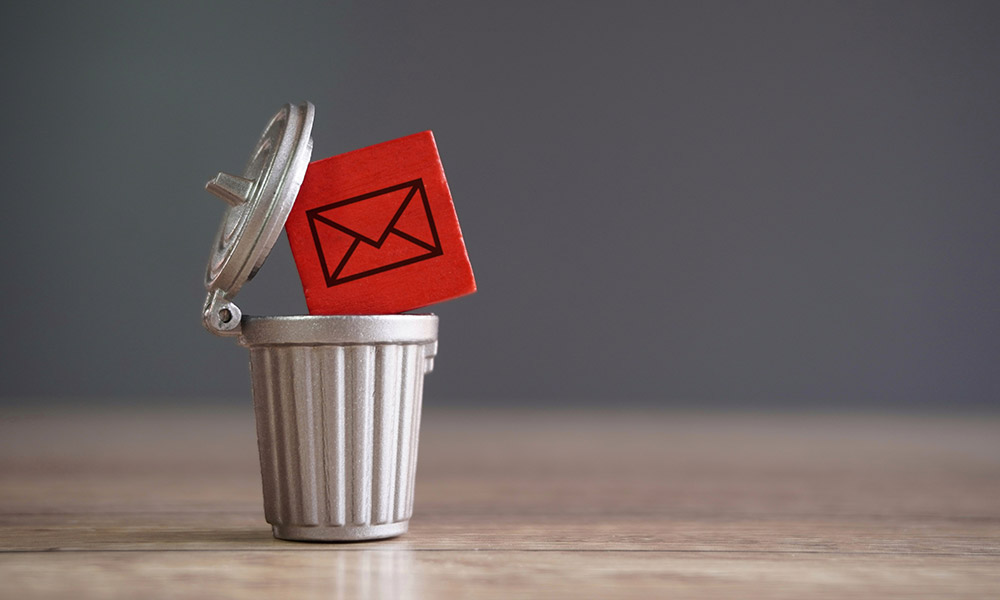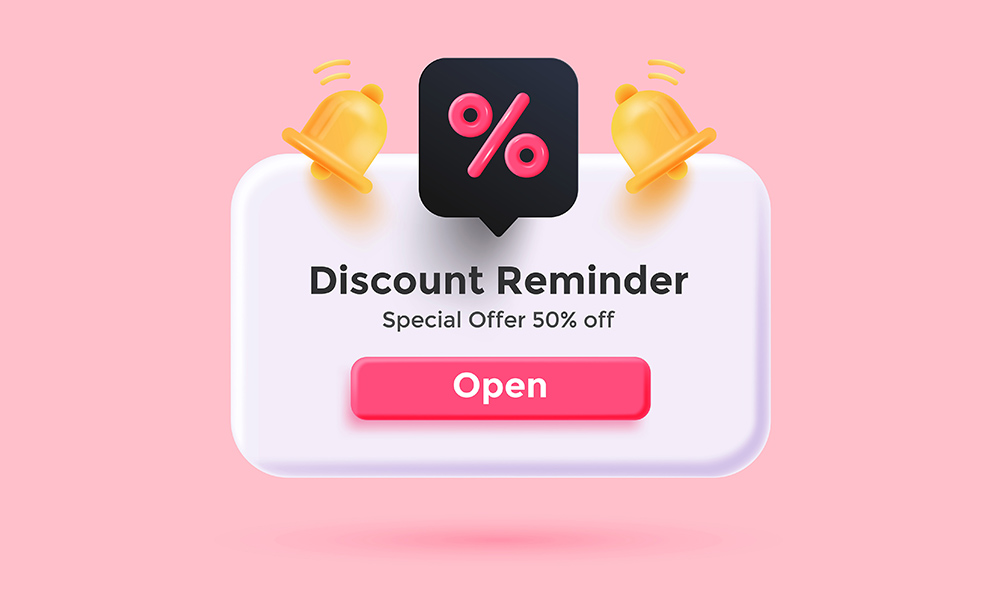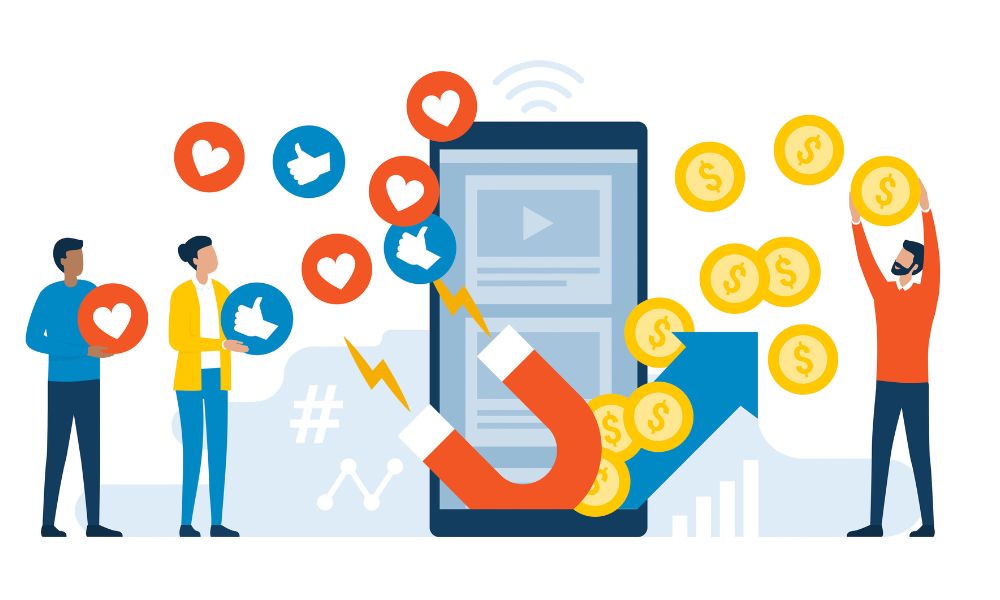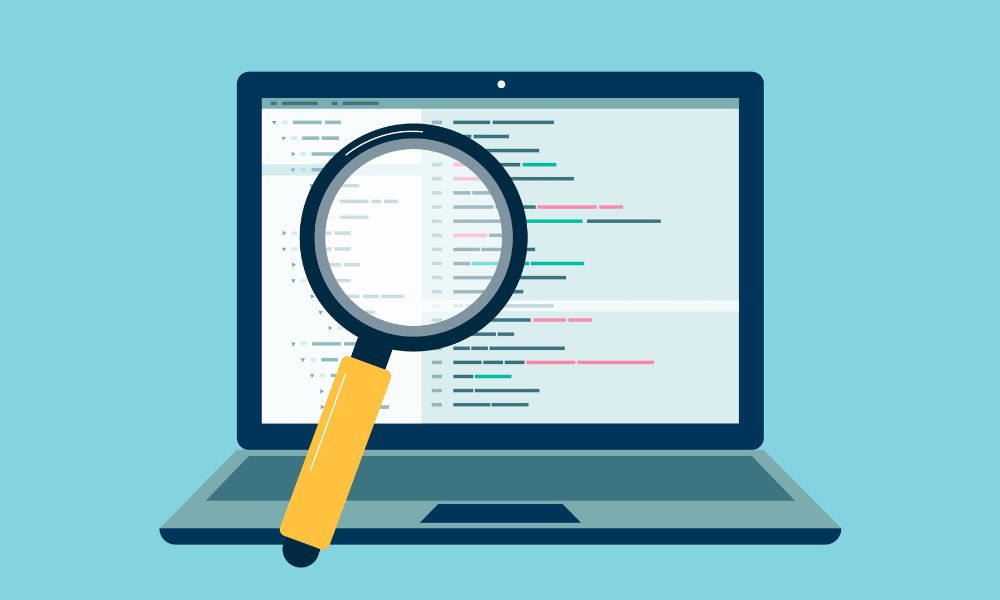Three rule changes bulk email marketers need to know

Email marketing is still one of the best ways to communicate with customers and clients.
That’s why following latest deliverability guidelines is paramount to maintaining these important relationships – and keep people loyal to your brand.
Any company that sends bulk emails to Google or Yahoo members will need to follow the three new rules that came in as of February 2024.
According to Google, bulk senders are any company or brand who sends upwards of 5,000 messages a day to Gmail users.
If that sounds like you, read on to learn about the new rules which came into place on February 1, 2024, and how you can stay within the guidelines.
Authentication, authentication, authentication
Authentication of emails is mutually beneficial to both the sender and the person receiving it. It is the first line of defence for brands against those who impersonate them to incite scams.
It protects a brand’s reputation while re-assuring customers that their data is protected. Malicious scammers can – and do – impersonate these brands to steal personal information and gain user trust.
Authenticating emails is a way of combatting this. Types of authentication vary, and include sender policy framework (SPF), domain keys identified email (DKIM), and domain based message authentication, reporting and conformance (DMARC).
Google and Yahoo are both requiring that bulk senders should “strongly authenticate” their emails by using one of the above methods. If not, these emails are more likely to go straight to their mailing list’s spam folder, or be blocked altogether.
One-click unsubscribing
We all have those email subscriptions that we don’t really need, but we can’t be bothered to go through the multi-click process of unsubscribing.
These changes mean a bulk sender must enable its recipients to unsubscribe in a single click, directly within their email campaigns.
No more being taken to a web browser to answer multiple questions about why a subscriber no longer wants to hear from you – it’s as easy as clicking the unsubscribe button.
These requests must also be acted upon within two days.
Adhere to spam rate thresholds
Both Google and Yahoo are publishing set spam-rate thresholds.
Spam rate is the percentage of emails marked as spam, compared to total messages received. The thresholds published on February 1 mean bulk senders are not allowed to surpass these rates.
Emails may be blocked if thresholds are lower than 0.3%. It’s always a good idea to keep your spam rate as close to 0.0% as you can.
Only users can decide what they class as spam, and this is rather subjective. Best practice is to try to stay away from irrelevant, unwanted, or unsolicited content in bulk email campaigns.
Of course, if you are already following email marketing best practices, these changes may not even affect you.
However, those that do not allow for one-click unsubscribers, who do not authenticate their emails, or process these unsubscribe requests with in two days, must now take stock.
If not, these emails will be blocked or sent straight to subscribers’ spam folders, which could be disastrous for marketing efforts.
Email marketing is still a powerful tool for creating user engagement, trust and, ultimately, selling your product. Following Google and Yahoo’s new rules can only be a good thing for your brand.
For more marketing advice, contact us at NECL today to discuss how we can enhance your email marketing prowess.








